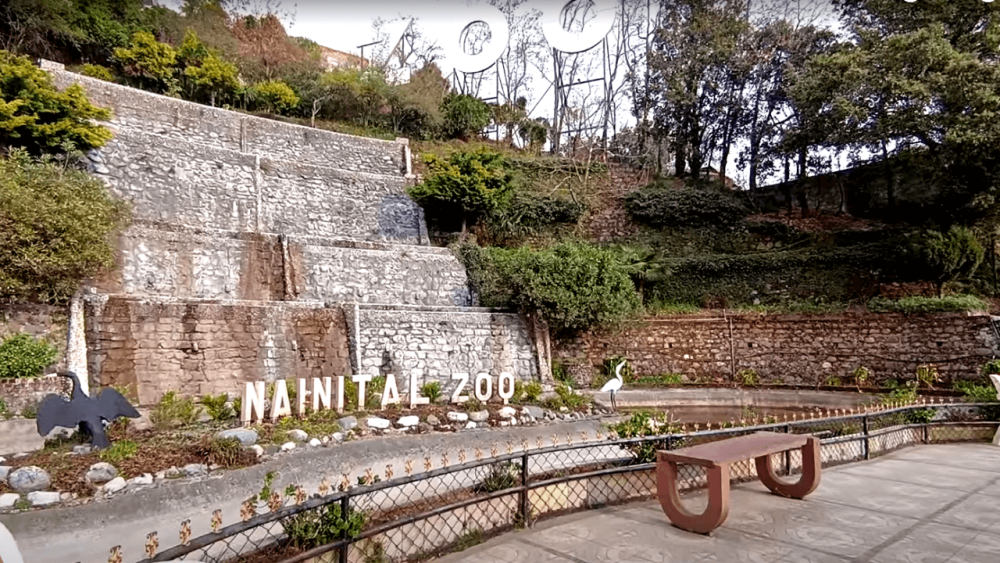

Nainital Zoo, officially known as Bharat Ratna Pt. Govind Ballabh Pant High Altitude Zoo, is a high-altitude zoo situated in the serene hills of Nainital, Uttarakhand, India. The zoo was established in 1984 and opened to the public in 1995, making it one of the newer attractions in the region. It lies at an elevation of approximately 2,100 meters above sea level, offering a unique habitat for its wide range of flora and fauna.
The history of tourism in Nainital dates back to the British colonial era when it was discovered as a hill station by the British. They were attracted by its mild climate and natural beauty, which led to Nainital becoming a popular summer retreat for British officials and later for Indian tourists after independence. As the popularity of Nainital as a tourist destination grew, the need for more diverse attractions became evident. This led to the establishment of the Nainital Zoo, which has since become a crucial aspect of Nainital's tourism sector.
The Nainital Zoo offers visitors the chance to see a variety of animals that are native to this region, including the Royal Bengal Tiger, Himalayan Bear, Tibetan wolves, and several species of deer and monkeys. It provides an excellent educational and recreational facility for tourists, enhancing Nainital’s overall appeal as a family-friendly destination.
Conservation and Eco-Tourism
One significant aspect of the Nainital Zoo's tourism history is its focus on conservation and eco-tourism. The zoo has been actively involved in the conservation of endangered species and offers educational programs to inform visitors about the importance of wildlife and environmental conservation. This aligns with the latest tourism trends that favor sustainable and responsible tourism practices.
Over the years, Nainital Zoo has made several improvements to enhance the visitor experience. This includes the development of better pathways, information centers, and viewing facilities. Such enhancements ensure that visitors of all ages can enjoy the zoo and learn about the species housed there.
Adopt-an-Animal Programs
In recent years, the zoo has introduced 'Adopt-an-Animal' programs, encouraging individuals and corporations to contribute to the welfare of the animals. This initiative has seen a positive response from tourists who are eager to participate in wildlife conservation efforts.
Improved access and connectivity have also been pivotal in the growth of tourism for Nainital Zoo. The zoo is well-connected by road to the main township of Nainital and nearby areas, making it easily accessible for visitors. Regular transport services and guided tours ensure that tourists can reach the zoo without any hassle.
The latest tourism trends in Nainital Zoo revolve around providing a holistic experience that includes adventure, wildlife, and learning. Tourists are increasingly looking for immersive experiences, and Nainital Zoo has met this demand by offering guided tours and educational sessions about the Himalayan environment and its inhabitants.
Impact of the Pandemic
The COVID-19 pandemic brought significant challenges to the tourism industry worldwide, and Nainital Zoo was no exception. However, with the gradual lifting of restrictions and the implementation of safety protocols, tourism in the area is recovering. The zoo has adapted by limiting visitor numbers and ensuring that health guidelines are strictly followed for the safety of both the visitors and the animals.
In conclusion, Nainital Zoo remains one of the key attractions of Nainital, drawing thousands of tourists every year, and continues to evolve with the changing dynamics of global and regional tourism. Its focus on conservation, educational outreach, and visitor experience enhancements contributes significantly to the sustained appeal of Nainital as a tourist destination in Uttarakhand, India.